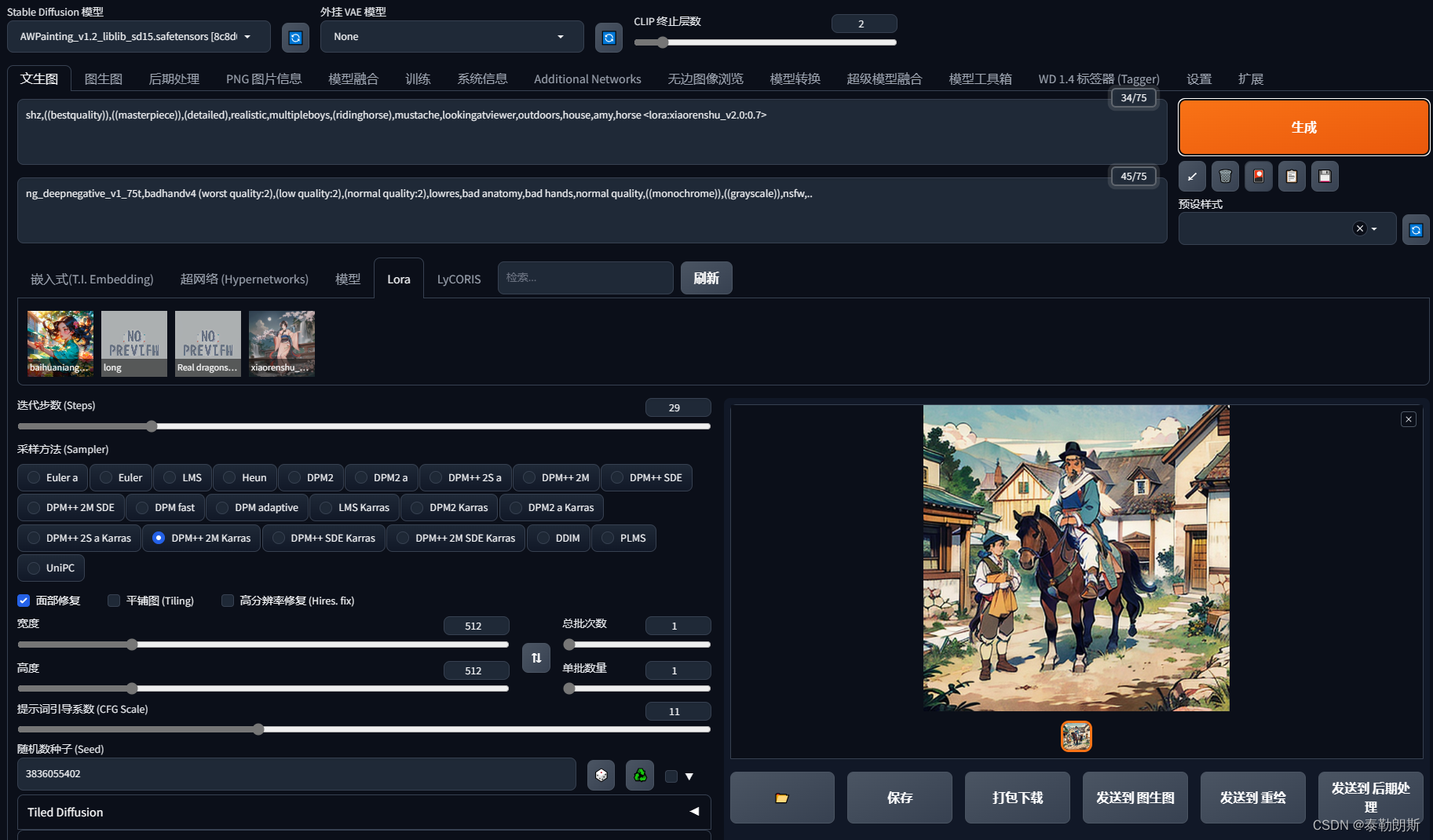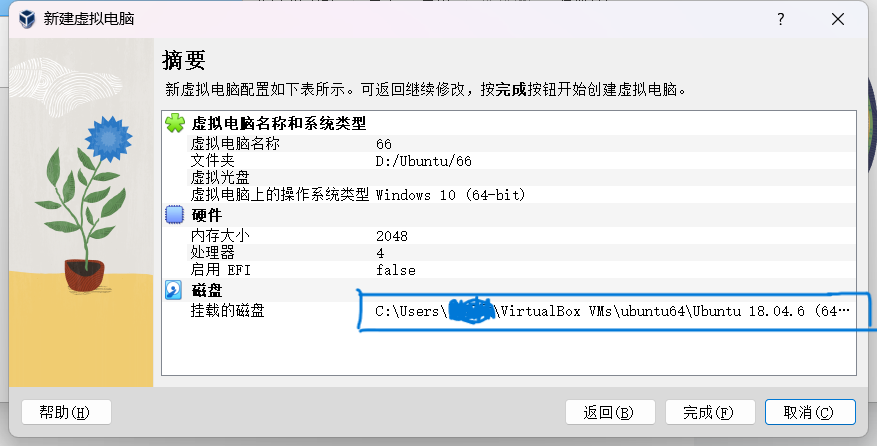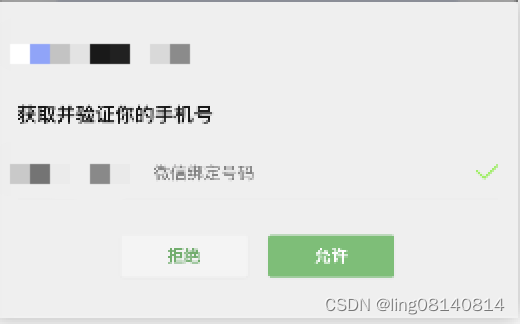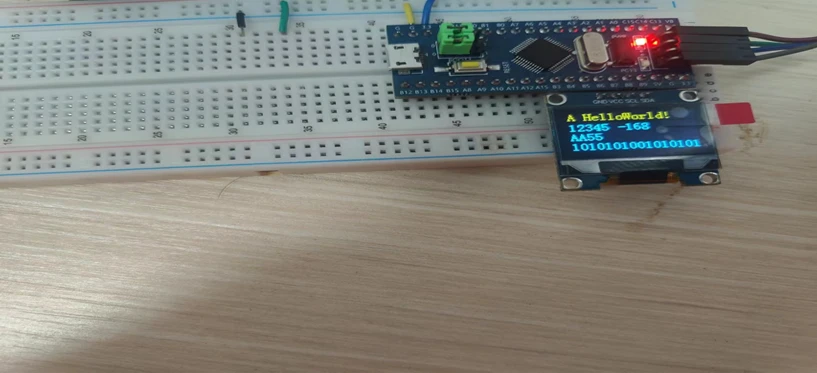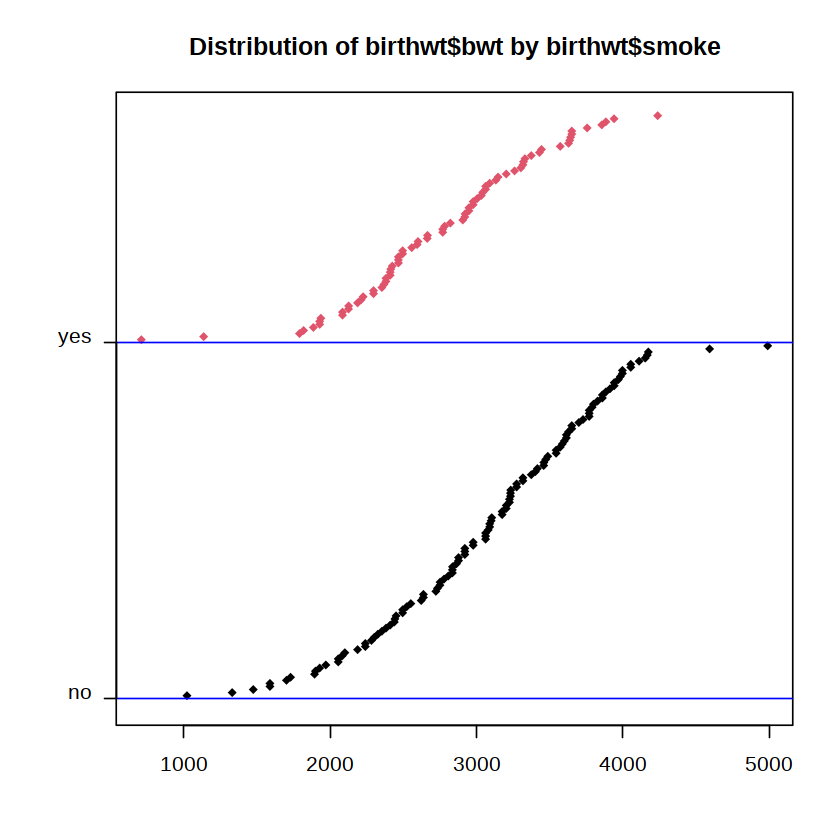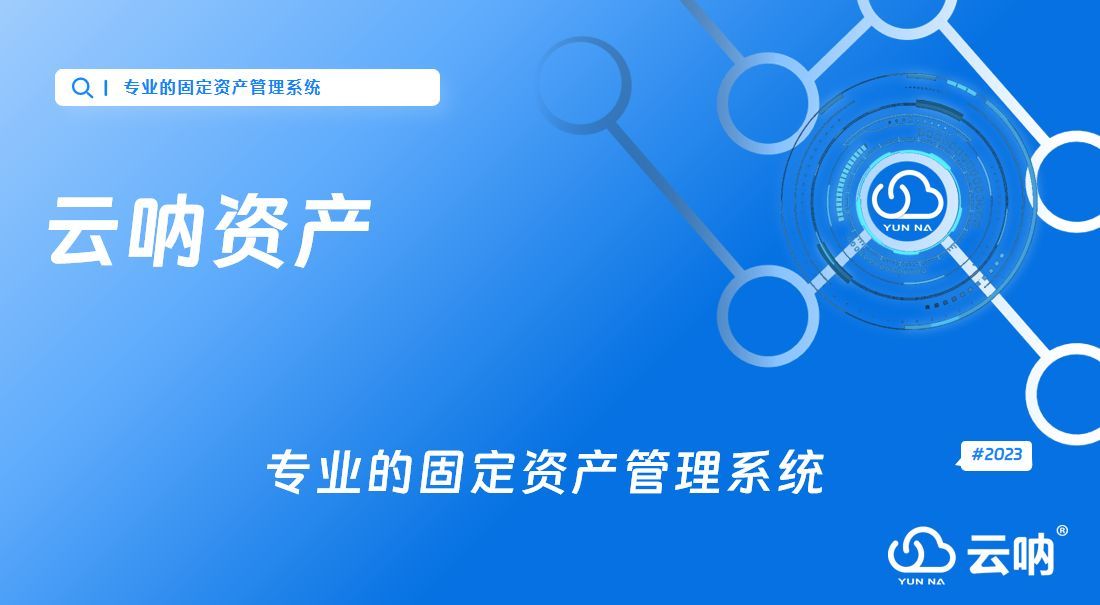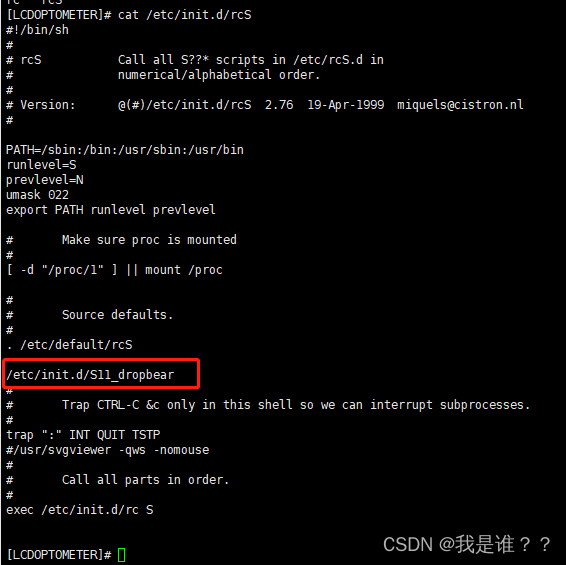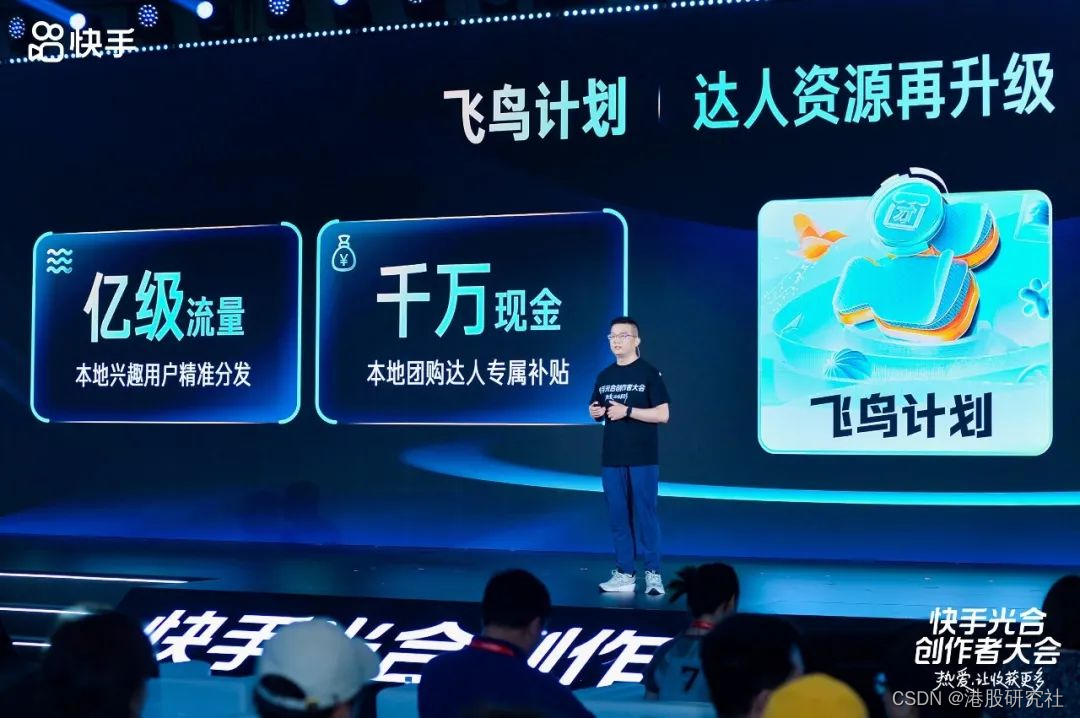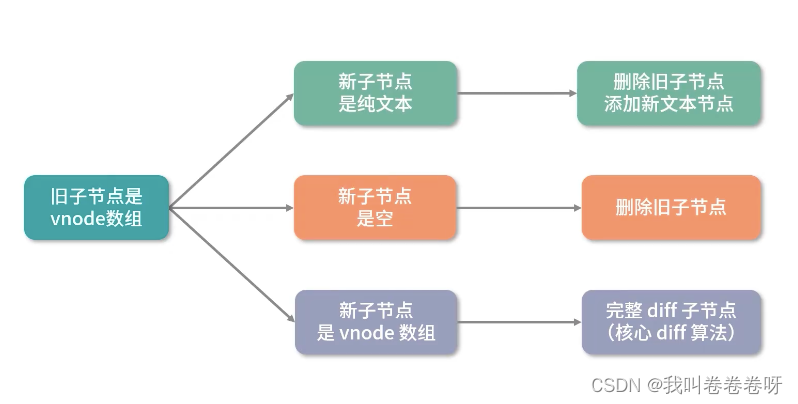1--用栈实现队列

利用两个栈,一个是输入栈,另一个是输出栈;
#include <iostream>
#include <stack>
class MyQueue {
public:
MyQueue() {}
void push(int x) {
in_stk.push(x);
}
int pop() {
if(out_stk.empty()){
while(!in_stk.empty()){
out_stk.push(in_stk.top());
in_stk.pop();
}
}
int tmp = out_stk.top();
out_stk.pop();
return tmp;
}
int peek() {
if(out_stk.empty()){
while(!in_stk.empty()){
out_stk.push(in_stk.top());
in_stk.pop();
}
}
return out_stk.top();
}
bool empty() {
if(out_stk.empty() && in_stk.empty()) return true;
else return false;
}
private:
std::stack<int> in_stk, out_stk;
};
int main(int argc, char* argv[]){
MyQueue Queue;
Queue.push(1);
Queue.push(2);
Queue.push(3);
std::cout << Queue.pop() << std::endl;
std::cout << Queue.peek() << std::endl;
return 0;
}2--用队列实现栈
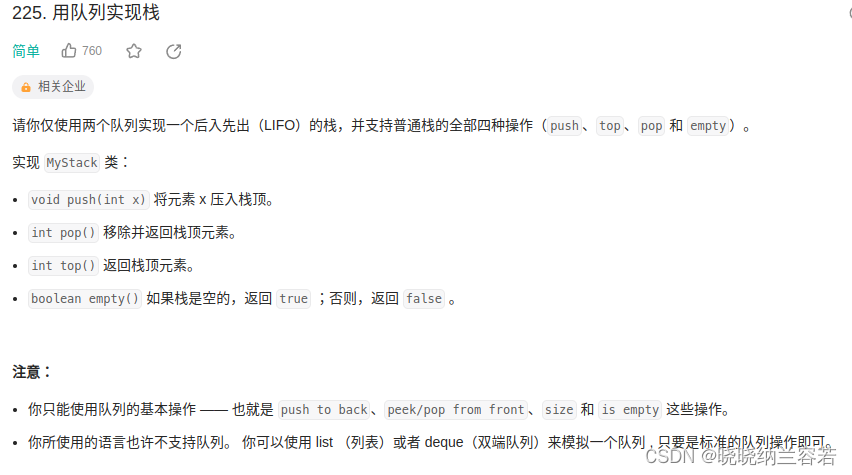
主要思路:
弹出栈顶元素时,需要将队列前 size - 1 个元素先弹出再重新加入到队列中;
#include <iostream>
#include <queue>
class MyStack {
public:
MyStack() {}
void push(int x) {
q.push(x);
}
int pop() {
int size = q.size();
for(int i = 1; i <= size - 1; i++){
q.push(q.front());
q.pop();
}
int tmp = q.front();
q.pop();
return tmp;
}
int top() {
int size = q.size();
for(int i = 1; i <= size - 1; i++){
q.push(q.front());
q.pop();
}
int tmp = q.front();
q.pop();
q.push(tmp);
return tmp;
}
bool empty() {
return q.empty();
}
private:
std::queue<int> q;
};
int main(int argc, char* argv[]){
MyStack stk;
stk.push(1);
stk.push(2);
stk.push(3);
std::cout << stk.pop() << std::endl;
std::cout << stk.top() << std::endl;
return 0;
}3--有效的括号
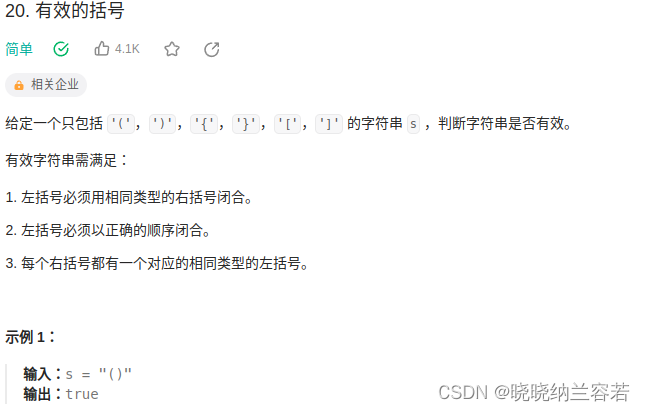
主要思路:
基于栈,遇到左括号,入栈对应的右括号。遇到右括号,判断当前栈顶元素是否与右括号相等,相等则表示之前曾遇到对应的左括号,表明匹配成功并弹出栈顶元素,否则返回 false;
最后判断栈是否为空,即是否有未匹配的左括号;
#include <iostream>
#include <stack>
#include <string>
class Solution {
public:
bool isValid(std::string s) {
std::stack<char> stk;
for(int i = 0; i < s.length(); i++){
if(s[i] == '(') stk.push(')');
else if(s[i] == '[') stk.push(']');
else if(s[i] == '{') stk.push('}');
else{
if(stk.empty()) return false;
else if(stk.top() != s[i]) return false;
else stk.pop(); // 匹配
}
}
return stk.empty();
}
};
int main(int argc, char* argv[]){
std::string test = "()[]{}";
Solution S1;
bool res = S1.isValid(test);
if(res) std::cout << "true" << std::endl;
else std::cout << "false" << std::endl;
return 0;
}4--删除字符串中的所有相邻重复项

主要思路:
基于栈,遍历字符串,判断当前字符与栈顶元素是否相同,相同则弹出栈顶元素,否则入栈;
最后遍历栈,将栈内的元素重构为字符串,需注意顺序;
#include <iostream>
#include <stack>
#include <string>
class Solution {
public:
std::string removeDuplicates(std::string s) {
std::stack<char> stk;
for(int i = 0; i < s.length(); i++){
if(stk.empty() || stk.top() != s[i]){
stk.push(s[i]);
}
else{ // s[i] == stk.top()
stk.pop();
}
}
std::string res;
while(!stk.empty()){
res = stk.top() + res;
stk.pop();
}
return res;
}
};
int main(int argc, char* argv[]){
std::string test = "abbaca";
Solution S1;
std::string res = S1.removeDuplicates(test);
std::cout << res << std::endl;
return 0;
}5--逆波兰表达式求值
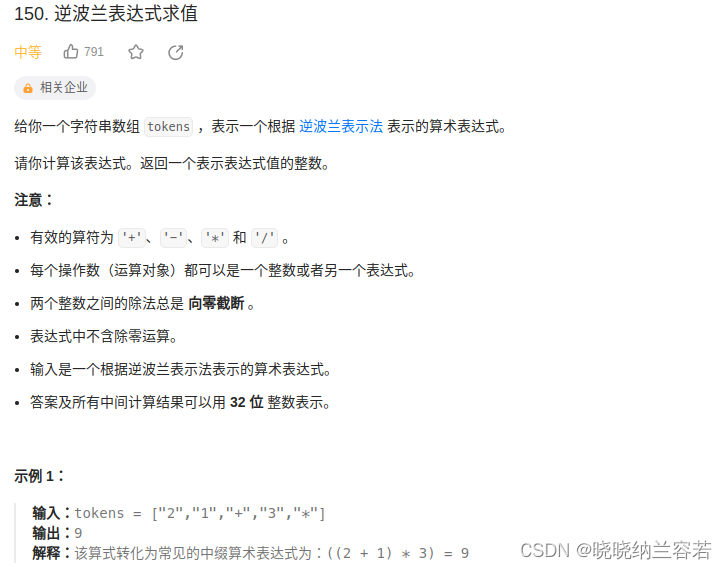
主要思路:

